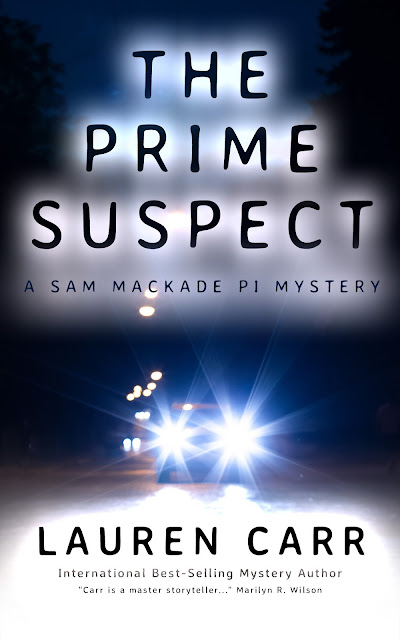This review is part of the Green Books campaign.Today 200 bloggers take a stand to support books printed in an eco-friendly manner by simultaneously publishing reviews of 200 books printed on recycled or FSC-certified paper. By turning a spotlight on books printed using eco- friendly paper, we hope to raise the awareness of book buyers and encourage everyone to take the environment into consideration when purchasing books.
The campaign is organized for the second time by Eco-Libris, a green company working to make reading more sustainable. We invite you to join the discussion on "green" books and support books printed in an eco-friendly manner! A full list of participating blogs and links to their reviews is available on Eco-Libris website.
Sanctuary Line by Jane Urquhart (Rated: S not explicit)
McClelland & Stewart Ltd.
ISBN: 978-0771086465
Published August 31, 2010
Hardcover, 288 pages
This book was produced using ancient-forest friendly papers.
This is the first time I read a book by Jane Urquhart although she is a best-selling Canadian author. I understand now the lure of her books, and by the word lure I mean that there’s an element to her storytelling that begs the reader to savour her story.
The campaign is organized for the second time by Eco-Libris, a green company working to make reading more sustainable. We invite you to join the discussion on "green" books and support books printed in an eco-friendly manner! A full list of participating blogs and links to their reviews is available on Eco-Libris website.
Sanctuary Line by Jane Urquhart (Rated: S not explicit)
McClelland & Stewart Ltd.
ISBN: 978-0771086465
Published August 31, 2010
Hardcover, 288 pages
This book was produced using ancient-forest friendly papers.
This is the first time I read a book by Jane Urquhart although she is a best-selling Canadian author. I understand now the lure of her books, and by the word lure I mean that there’s an element to her storytelling that begs the reader to savour her story.
Liz Crane is an entomologist, a specialist in the study of butterflies, who moves back to the run down farmhouse where she spent all her childhood summers with her cousins. There she studies the migratory patterns and survival techniques of the Monarch butterfly, which I found interesting and which served as a metaphor and symbolism to her reflections on how her family fell apart over twenty years ago when her charismatic and enigmatic Uncle disappeared. She begins to tell us this story and the history of her ancestral family. Initially, I wondered why she included these stories of her ancestors but then I realized they were a part of her Uncle’s story. Liz is also mourning the loss of her cousin Amanda, a military strategist who got killed on tour of duty. Liz is haunted by her family’s secrets and the tragic events of that night her Uncle left and never came back.
Urquhart succeeds in creating a complex and charismatic figure in the Uncle. He was by far the most interesting character. Liz’s story of Teo always left me longing for more. So much mystery surrounded him. We get to understand Liz by what she reveals through her thoughts and her childhood stories. The setting of Lake Erie is very important and is a character in itself. There is very little dialogue in this book, as most of the narrative is Liz's memories and thoughts. Although I enjoyed the lores of the ancestors, I would have preferred less details in them and more on the contemporary characters.
Two things struck me as I began to read. The first is that this book is written in what is probably the rarest mode in literature: the second-person viewpoint, in which the narrator refers to one of the characters as "you", therefore making the reader feel as if he or she is a character within the story. The second-person POV is then paired with the first-person POV in which the narrator makes emotional comparisons between the thoughts, actions, and feelings of "you" versus "I". This made the reading experience intimate, and as I mentioned at the outset, lured me in. Here are some examples:
“When I tell you this story now, it does nothing but confirm….”
“But perhaps you feel differently than I do about causes and sacrifices…”
The second thing that struck me is that towards the end of the book, the reader discovers to whom the narrator, Liz Crane, is addressing her story. And in retrospect the clues were all there but it was still a surprise to me. By the end I wanted to go back and reread the book. I had guessed the family secret but did not expect its repercussions. It helped me to understand the underlying sad and haunting tone of Liz’s narrative, and that she needed to tell the story in order to move on.
Sanctuary Line is a book that should be read twice. I have discovered a talented author whose compelling and eloquent voice lured me in unbeknownst to me until I was left with longing even days after I finished reading it.
Disclosure: Thanks to McClelland & Stewart for sending me this book for review. I was not compensated in any other way, nor told how to rate or review this product.
Disclosure: Thanks to McClelland & Stewart for sending me this book for review. I was not compensated in any other way, nor told how to rate or review this product.








